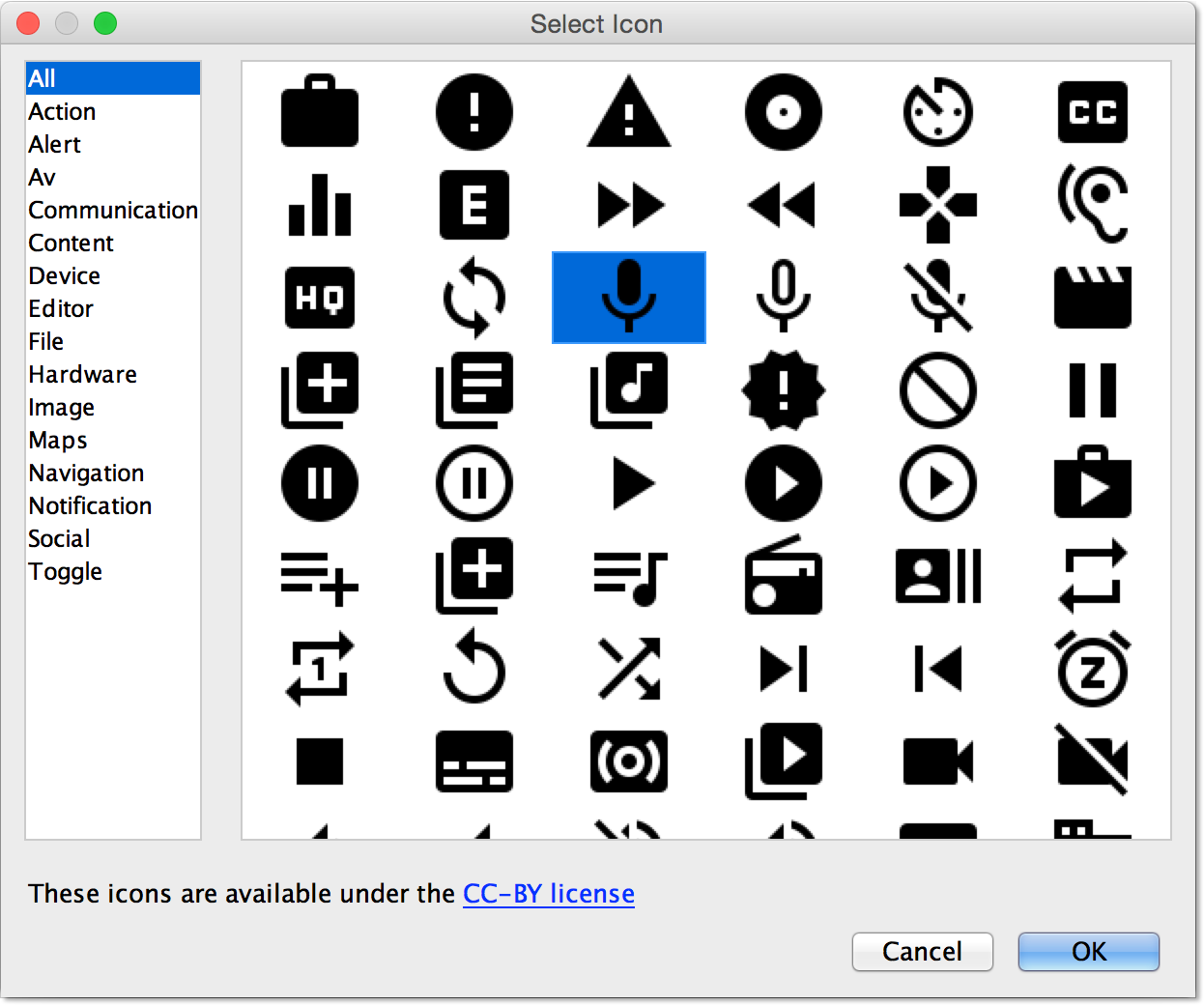
A piece of canned clip art, which you would choose by clicking on the “Clip Art” radio button, clicking the “Clip Art” button to choose the image, and clicking the Color button to choose a color to apply to that image:.Some image of your own design, which you would load into the Foreground Layer tab by selecting the Image radio button, then clicking the folder button inside the Path field, to browse your development machine and find that image.Your icon can come from three main sources: The Asset Studio starts on the Foreground Layer tab for you to configure this layer. What you would ordinarily think of as your icon is what Android Studio and Android 8.0+ refer to as the “Foreground Layer”. The default is ic_launcher, and unless you have a good reason to change it, you are best served by leaving it alone. The overall name for your launcher icon is found in the Name field, above the tabs. This brings up the Asset Studio, to help you to assemble icons.īy default, the Asset Studio has its “Icon Type” drop-down set for “Launcher Icons (Adaptive and Legacy)”, which is how you set up an app icon nowadays:

This is also available from File > New > Image Asset. If you right-click over pretty much any directory in the Android Studio tree, the context menu will have an “Image Asset” option. Creating an App Icon with the Asset Studio


 0 kommentar(er)
0 kommentar(er)
